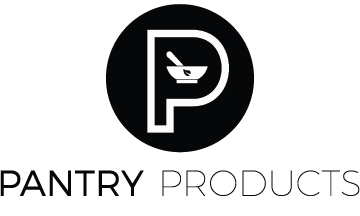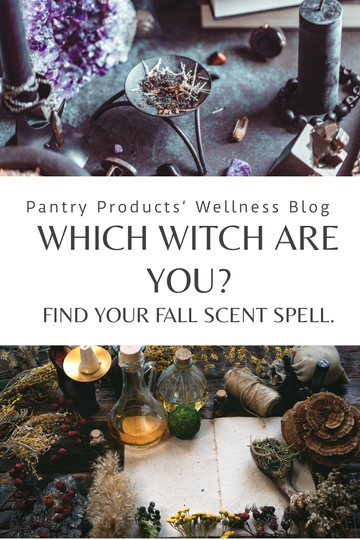
Trendy candles are everywhere right now. Cozy jars, seasonal scents, cute labels — it all feels inviting. But behind the aesthetic, many mass-market candles contain ingredients that affect air quality, burn performance, and transparency. Here’s what’s really inside many popular candles and how to make safer choices for your home.
Key Takeaways
-
Many trendy candles use wax blends, synthetic scents, and metal-core wicks that affect air quality.
-
Candle wax, fragrance oils, and wick materials are the biggest factors in how clean or toxic a candle burns.
-
Natural waxes like soy and coconut, paired with cotton or wood wicks, burn cleaner.
-
Burning candles safely means trimming wicks, ventilating rooms, and avoiding long burn sessions.
-
Reading labels and choosing transparent brands helps you avoid hidden additives and questionable wax blends.
Why Some Trendy Candles Raise Red Flags
Mass-market candles often prioritize appearance and low cost over clean ingredients. A popular example is the viral Marshmallow Suede candle from Target — stylish, seasonal, and heavily promoted. However, looking closely reveals issues that are common across many “trendy” big-box candles.
1. Wax Blends with Additives
Many low-cost candle lines list “wax blend.” That often indicates:
-
palm wax or paraffin mixed into the formula
-
lower-quality wax additives
-
an unclear ingredient list with no transparency
Why it matters:
These blends may burn less cleanly and can produce more soot.
2. Synthetic Fragrance Oils
Mass-market candles frequently rely on synthetic fragrance compounds. These complex blends can release VOCs when burned and may feel strong, sharp, or chemically “thick.”
3. Performance Issues Noted in Reviews
Shoppers commonly report:
-
weak scent throw
-
low flame
-
fast tunneling
-
smoky burn
These issues suggest low fragrance load, wax quality problems, or wick incompatibility.
4. Style Over Substance
Oversized jars with a single wick, trendy packaging, and low price points often indicate cost savings in:
-
wax sourcing
-
fragrance ingredients
-
wick quality
-
curing processes
Why These Candle Issues Matter
Impact on Indoor Air Quality
When a candle burns, the wax, fragrance, and wick determine how cleanly it combusts. Lower quality materials can create more soot or smoke, which affects air quality.
Scent Quality vs. Ingredient Quality
A strong scent doesn’t automatically mean a “better” candle. Sometimes it’s the opposite — harsh synthetic compounds can create an overpowering scent without offering a clean burn.
Environmental and Ethical Impact
Candles made with these below carry a larger environmental footprint compared to clean formulations:
-
palm wax
-
nonrenewable petroleum-based wax
-
synthetic dyes
-
plastic-heavy packaging
What to Look for When Buying Candles
Below is a quick guide to help you compare candles with clarity.
| Feature | What to Look For | Why It Matters |
|---|---|---|
| Wax Type | Soy, coconut, or beeswax | Cleaner burn, renewable, fewer additives |
| Wick Material | Cotton or wood | Less soot, better burn stability |
| Fragrance Source | Essential oils or phthalate-free fragrance | Fewer harsh compounds |
| Label Transparency | Clear ingredient lists | Helps avoid hidden fillers |
| Brand Practices | Small-batch, tested, eco-conscious | Indicates higher quality standards |
How Pantry Products Approaches Candle Safety
At Pantry Products, every candle is designed with ingredient transparency and safer home fragrance in mind.
Our Standards Include:
-
100% soy wax
-
Phthalate-free, clean fragrance blends
-
Wood wicks for a warm crackling burn
-
Small-batch production for consistency
-
Hand-poured quality control
-
No dyes or heavy synthetic additives
Our Fall + Holiday Candles
We focus on clean fragrance blends that offer a strong, balanced scent without harshness. Seasonal favorites include:
-
Currant + White Birch
-
Holiday Hearth
-
Ginger + Saffron
-
Rosemary + Sage
-
Sierra Pine
-
Sparkling Ginger
Each one provides a cozy scent experience while maintaining cleaner-burning standards.
Frequently Asked Questions About Toxic Candles
Are trendy candles really toxic?
Some can release more soot and byproducts depending on the wax, fragrance, dye, and wick quality. Cleaner candles use natural waxes and transparent fragrance blends to reduce exposure.
What candle ingredients should I avoid?
Be cautious of:
-
generic “wax blends”
-
heavy synthetic fragrance
-
wicks with metal cores
-
candles with no ingredient transparency
What are safer candle alternatives?
Look for soy, coconut, or beeswax candles paired with phthalate-free or essential oil scents and cotton or wood wicks.
How can I burn candles more safely at home?
-
Trim wick to 1/4 inch
-
Avoid long burn sessions
-
Burn in ventilated areas
-
Stop using any candle that produces heavy smoke or soot
How do I tell if a candle brand is transparent and safe?
The brand should list wax type, wick material, fragrance source, and production details clearly. Transparency is one of the best safety indicators.
Summary
Not all candles are created equal. Trendy, mass-market candles often look appealing but rely on low-cost materials that affect both performance and air quality. Choosing candles with natural waxes, clean scents, and quality wicks provides a safer, more enjoyable experience.
Pantry Products creates each candle with transparency in mind — from wax to wick — so you can enjoy seasonal ambiance without unwanted additives.



